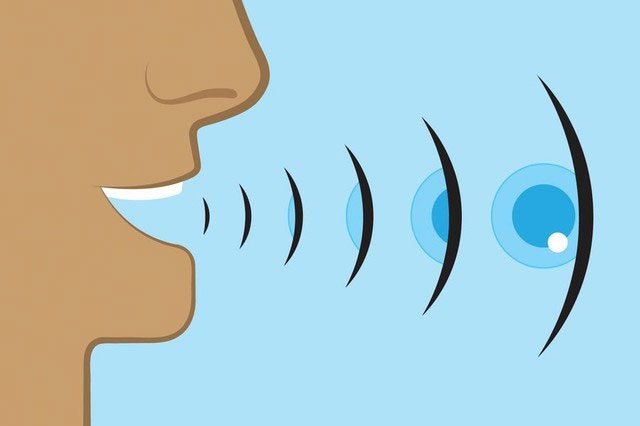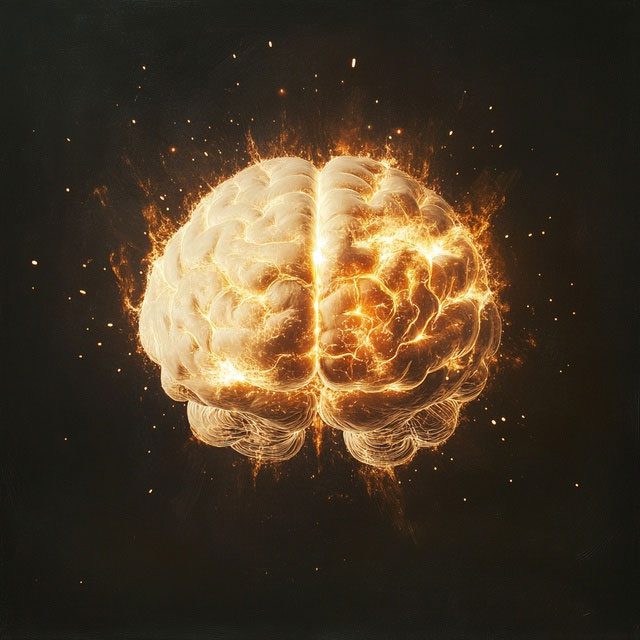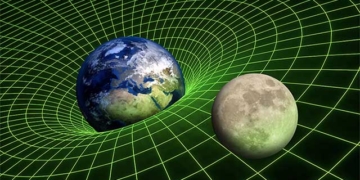Research Shows that After Training, the Visual Cortex Acquires New Abilities
Individuals who are blind from a young age can navigate traffic on bicycles and participate in certain sports thanks to echolocation skills. Typically, they produce loud clicking sounds and then listen to how the sound echoes back after hitting nearby objects.
In-depth studies indicate that the brains of echolocation experts repurpose areas originally intended for visual processing to analyze sound. Research teams suggest that the visual processing part of the brain in blind individuals can be reconfigured to perform new tasks.

Illustration of Echolocation Skills – (Photo: Thomas Fuchs).
“There was a long-standing belief that the brains of blind individuals were different, requiring the loss of one sense for the brain to adapt so flexibly,” said Lore Thaler, a neuroscientist at Durham University and the lead author of the recent report.
In 2021, Thaler led a research group that reached an intriguing conclusion. The scientific report indicated that both blind individuals and those with normal vision could learn echolocation skills after 10 weeks of training.
In a new study published in Cerebral Cortex, she and her colleagues investigated the changes in the brain after learning this fascinating skill. Once individuals learned how to use echolocation, the brains of both blind and sighted participants utilized the visual processing areas to analyze sound.
This finding contradicts popular belief, which holds that distinct parts of the brain are responsible for different functions; that is, five brain areas correspond to the five senses.

Under imaging, distinct brain areas perform different tasks – (Illustration).
In the study, the team trained 14 sighted individuals and 12 blind individuals, teaching them how to echolocate for 2-3 hours per week over 10 weeks. Initially, volunteers learned to produce clicks with their mouths, followed by three specialized exercises.
The first two exercises involved determining the size or direction of objects relative to the participant’s position. The third exercise required participants to navigate an imaginary maze with the assistance of a sound-emitting device to receive echoes.
Over time, the echolocation skills of both groups of volunteers improved significantly. Specifically, the auditory cortex showed increased activity after subjects learned the new skill, and gray matter also accumulated more in this area.
Notably, the visual cortex of both groups lit up when using echolocation skills. Thaler noted that the visual cortex may not only process images but also gather information from other senses to enhance spatial awareness.
In the near future, the team plans to continue this experiment with a larger sample size. “This is a powerful sensory tool for individuals who are blind,” Thaler enthusiastically remarked.




















































